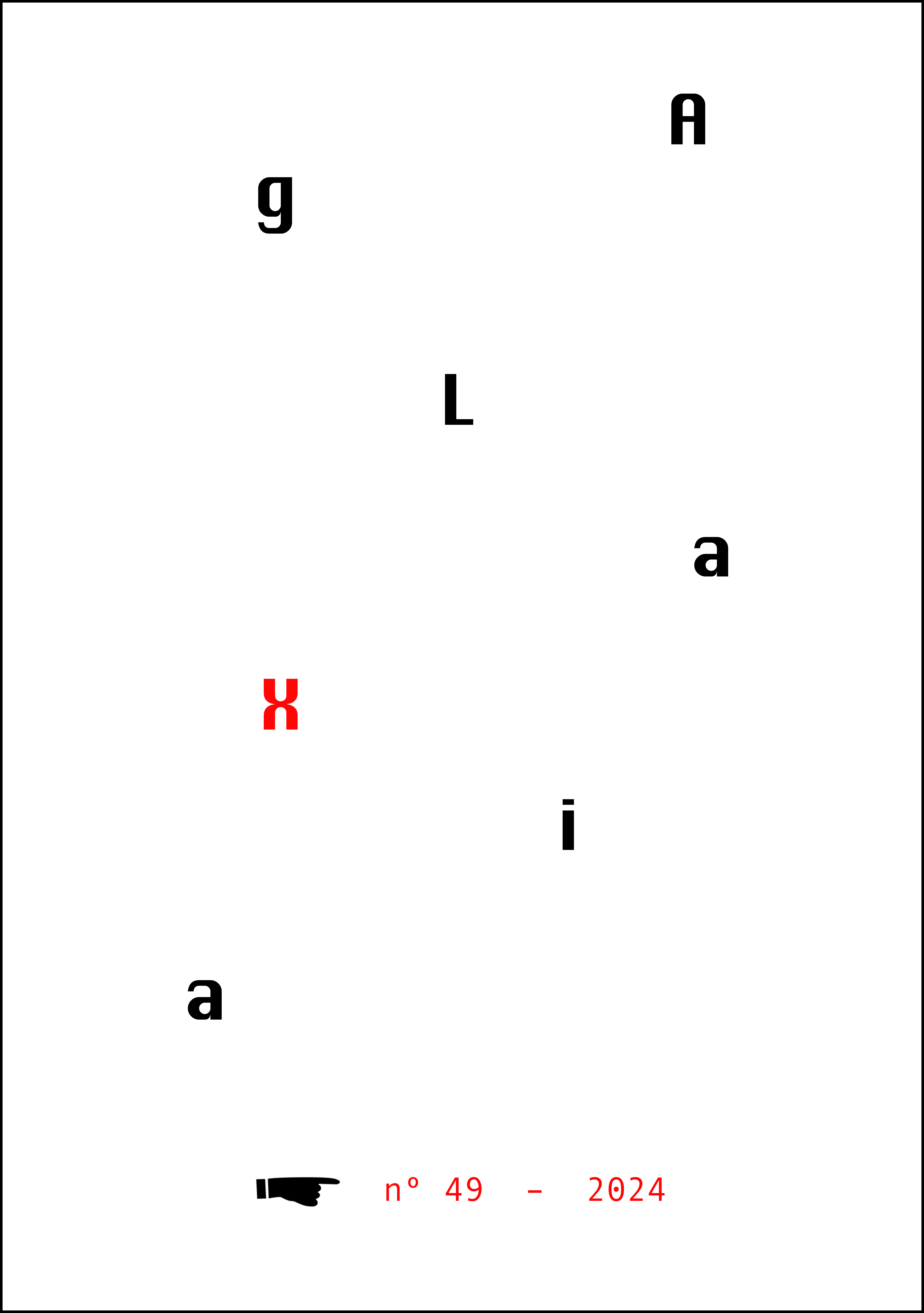Le son qui imprègne le Sambadrome
conflits entre loges et avenue du défilé
Mots-clés :
samba, études sonores, conflits sociaux, écoles de sambaRésumé
La fuite sonore des loges du Sambadrome vers l'avenue du défilé lors du carnaval 2022 a été largement commentée dans les circuits de samba et dans la presse. Ce texte discute des multiples croisements générés par la tension sonore lors de l'événement, comprenant que le conflit né de la dispute musicale dramatise plusieurs tensions sociales assez récurrentes dans les défilés du carnaval de Rio, liées aux questions de classe et de race. Le carnaval est une fête populaire qui a toujours négocié les espaces physiques de la ville, dans une tension qui incarne également des disputes sur les espaces symboliques. Le son des caisses croisé avec les tambours des écoles de samba peut être considéré comme une autre couche de disputes sur les espaces sonores, dans un mécanisme complexe qui répercute les manières de penser et de négocier les hiérarchies sociales.
Références
ALABARCES, Pablo. Pospopulares: las culturas populares después de la hibridización. Guadalajara, Jalisco: Ed. Universidad de Guadalajara/CALAS, 2020.
ALMEIDA, Silvio. Racismo estrutural. São Paulo: Pólen, 2019.
ARAÚJO, Samuel. Sambas, sambistas e sociedade. RJ: Ed.UFRJ, 2021.
CABRAL, Sérgio. As escolas de samba: o que, quem, como, onde e porque. RJ: Fontana, 1974.
CAVALCANTI, Maria Laura. Carnaval carioca: dos bastidores ao desfile. RJ: Funarte, 1994.
CUSIK, Susane. “Music as torture, music as weapon”. Revista TRANS n. 10, 2006.
DAMATTA, Roberto. Carnavais, malandros e heróis. RJ: Zahar, 1979.
DAUGHTRY, Martin. Listening to war. Oxford University Press, 2015.
FERREIRA, Felipe. “Escolas de Samba: uma organização possível”. Sistemas & gestão, v. 7, n. 2, p. 164-172, 2012.
GARCÍA CANCLINI, Néstor. Culturas Híbridas - estratégias para entrar e sair da modernidade. Tradução de Ana Regina Lessa e Heloísa Pezza Cintrão. São Paulo: EDUSP, 1997.
GOMYDE, Pérsio. Da Candelária à Apoteose: quatro séculos de paixão. RJ: Multifoco, 2015.
GUIMARÃES, Francisco (Vagalume). Na roda de samba. RJ: MEC/Funarte, 1978.
HAESBAERT, Rogerio. Viver no limite. Rio de Janeiro: Bertrand Brasil, 2014.
HARVEY, David. A condição pós-moderna. São Paulo: Loyola, 2007.
HOBSBAWN, Eric. “A invenção das tradições” In: A invenção das tradições (Eric Hobsbawn e Terence Ranger, orgs.). RJ: Paz e Terra, 1997.
LOPES, Nei. Partido-alto: samba de bambas. RJ: Pallas, 2005.
MARTÍN-BARBERO, Jésus. Dos meios às mediações. RJ: Ed.UFRJ, 2001.
MOURA, Roberto M. No princípio era a roda. RJ: Rocco, 2004.
MOURA, Roberto. Tia Ciata e a Pequena África no Brasil. RJ: Funarte, 1983.
ORTIZ, Renato. A moderna tradição brasileira. SP: Brasiliense, 2001.
TROTTA, Felipe. Annoying Music in Everyday Life. Londres e Nova York: Bloomsbury, 2020.
TROTTA, Felipe. O samba e suas fronteiras. RJ: Ed.UFRJ, 2011.
TURNER, Victor W. O processo ritual: estrutura e antiestrutura. Petrópolis: Vozes, 1974.
VLADI, Nadja. “O novo som de Salvador: a ocupação política/estética da nova cena musical no Carnaval”. Política Cultural em Revista 13/2, , pp. 193-214, jul-dez/2020.
Téléchargements
Publié-e
Comment citer
Numéro
Rubrique
Licence
© GALÁxIA. Revista Interdisciplinar de Comunicação e Cultura 2024

Cette œuvre est sous licence Creative Commons Attribution 4.0 International.
Os autores de artigos publicados mantêm os direitos autorais de seus trabalhos, licenciando-os sob a licença Creative Commons CC-BY, que permite que os artigos sejam reutilizados e distribuídos sem restrição, desde que o trabalho original seja corretamente citado. Os autores concedem para GALÁxIA. Revista Interdisciplinar de Comunicação e Cultura o direito de primeira publicação.



 Este obra está licenciada com uma Licença
Este obra está licenciada com uma Licença 